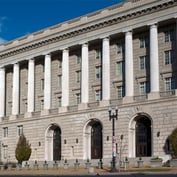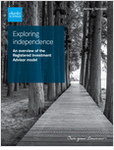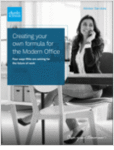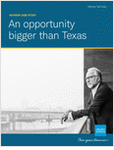The legislation known as the Secure 2.0 Act — short for the Setting Every Community Up for Retirement Enhancement 2.0 Act — may have become law a year ago, but that doesn’t mean that clients are tired of hearing about it, or that they know all they should know about the landmark retirement reform law.
In fact, to Terri Fiedler, president of retirement services at Corebridge Financial, the Secure 2.0 Act’s Dec. 29 passage anniversary creates an opportunity for deeper planning discussions with existing clients and prospects alike.
Experts tell ThinkAdvisor it is also important for advisors themselves to understand how the Secure 2.0 Act, alongside its namesake predecessor from 2019, are setting up underserved populations to grow their wealth and become the next generation of retail wealth management clients. For example, the laws’ provisions to expand access to workplace retirement savings benefits should help many more Americans get and stay invested for the long term.
All in all, Fiedler argues, early 2024 should be a great time for advisors to spark meaningful planning conversations with clients while also asking bigger questions about their own approach to retirement and wealth management.
Emergency Savings and Secure 2.0
As Fiedler notes, in 2024, a number of new provisions of the Secure 2.0 Act will go into effect, including two of the optional provisions she sees as having potential to help with one of the biggest retirement-saving challenges — “balancing that longer-term need with more immediate financial priorities.”
First, the forthcoming Section 115 of the Secure 2.0 legislation enables individuals to take up to $1,000 per year in penalty-free withdrawals from their retirement savings for emergency expenses.
“One distribution is allowed per year, with the option to repay it within three years [for income tax mitigation purposes],” Fiedler observes.
One important caveat that advisors should highlight, she says, is that no further emergency distributions will be allowed within the three-year repayment period, unless repayment occurs.
“This provision can help individuals plan for the unexpected, while at the same time, save for retirement, which Corebridge research tells us are both important,” Fiedler says, pointing to 2022 proprietary survey data showing that some 74% of Americans are concerned about the effect an unexpected expense will have on their future.












 Copyright © 2024 ALM Global, LLC. All Rights Reserved.
Copyright © 2024 ALM Global, LLC. All Rights Reserved.